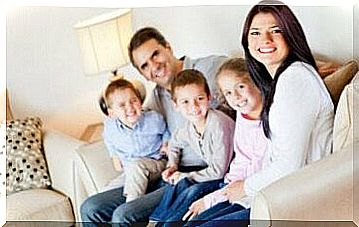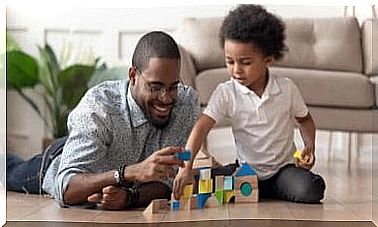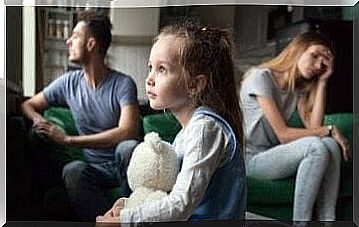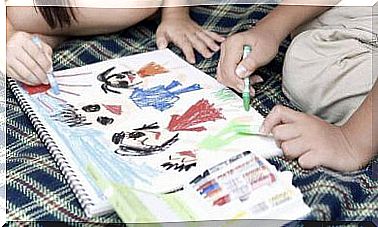Group Dynamics For Classroom Work – Being Parents
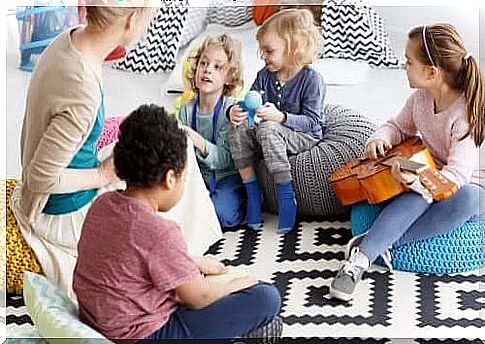
To understand what we are referring to when we talk about group dynamics for classroom work, we must first start with the concept of group dynamics.
Group dynamics
Group dynamics is a concept that refers to the psychosocial discipline that studies and analyzes the formation, development, problems, strengths and interdependent relationships that can be observed within a group. Kurt Lewin, a North American psychologist of German origin, was a pioneer in the study of groups.
This man indeed sought to better understand the groups as well as their functioning. It therefore explains their internal changes as a result of the forces and conditions that influence the groups as a whole. But also as a result of the way the members react.
We can take into account the fact that studying and analyzing the forces that occur in a group would allow us to better understand it. Thus, one could then think that working on its dynamics would help to improve its functioning. How is it possible ?
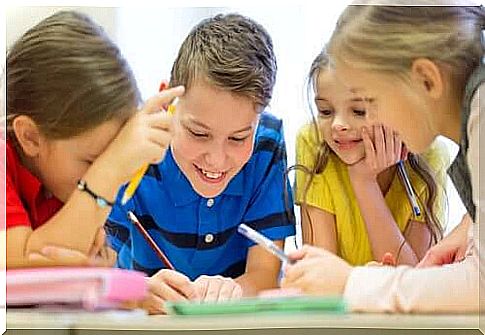
Group dynamics for working in the classroom
Various group dynamics have developed to work on the functioning of groups. Most of them are valid for working in class, as long as the class is considered as a group.
These group dynamics are also known as group dynamics techniques. They refer to systematic measures. Or to procedures applied. The purpose of these latter is to organize the group and develop its activity.
Thus, on the basis of the knowledge that the theory of group dynamics brings, the group dynamics for working in the classroom result in the development of various activities and games that can help the group to achieve the set goals and thus to increase its efficiency.
In the concrete case of the group / class, the dynamics will aim to stimulate significant learning and socialization, creativity, cohesion, communication, cooperation, autonomy and responsibility, among others. However, they will also help in solving problems and conflicts within the group.
There are well-known group dynamics techniques, such as discussion groups, role-playing , brainstorming , or the Phillips 6.6 technique, among others. These techniques served as a basis for developing other dynamics. But also many activities and different games aimed at working with groups. And this, according to their particular characteristics.
Some examples
There are several classifications of group dynamics that vary depending on the authors who talk about it. But for the most part, they take certain conditions into account. Such as, for example, the objectives to be achieved and the maturity of the group. Or its size, its environment or the characteristics of its members.
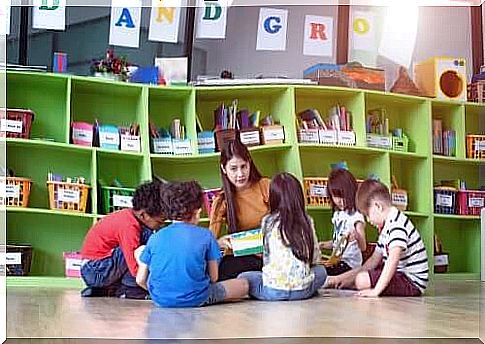
Let us assume that any group dynamic for working in the classroom will have to take into account these conditions and, of course, others as well. Here are some examples :
- Dynamic to work on communication and cooperation: “the big fresco”. In groups of 6, the pupils will have to agree on an idea which should be represented in a large drawing. The objective of this dynamic is to promote communication and consensus between the members of the group through teamwork. But also active listening and respect for the opinions of others.
- Dynamic to work on communication, motivate and orient towards the task to be carried out: “interviews by couples”. In pairs, the students will talk to each other alternately to think about a particular subject. Subject which must correspond to the syllabus of the subject. The objective of this dynamic is to note what the students’ prior knowledge is. And to consider them as triggers for, subsequently, to work on the subject in more depth.
- Dynamics to achieve problem solving and work on creativity: students must give directions and possible solutions to a problem, which may, for example, consist of asking how to overcome fear of the dark or shyness. The aim of this dynamic is to provide solutions and creative ideas. But also to debate issues that can affect everyone.
